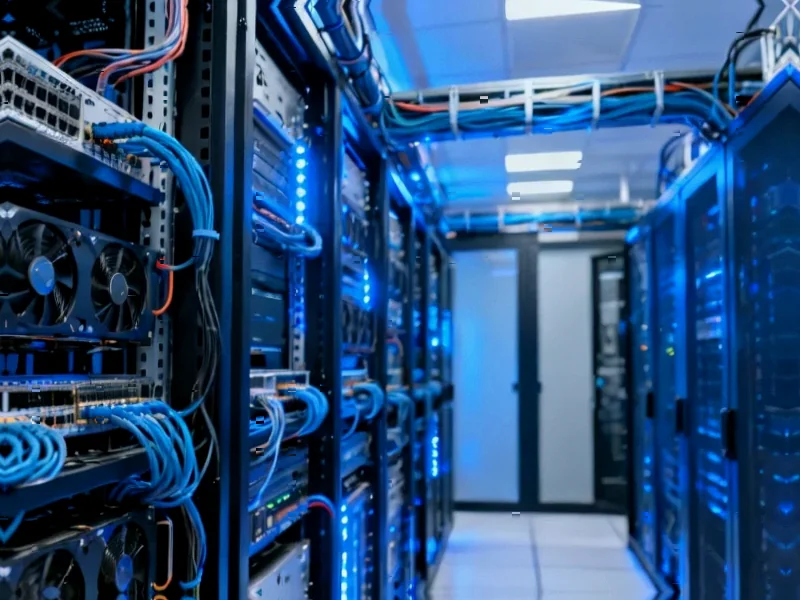According to Silicon Republic, OpenAI has signed a massive $38 billion deal with Amazon Web Services that’s effective immediately and runs for seven years. The partnership gives OpenAI access to AWS compute infrastructure consisting of “hundreds of thousands” of Nvidia GPUs with expansion options to “tens of millions” of CPUs. This comes right after OpenAI restructured its corporate setup, giving its nonprofit a $130 billion stake and Microsoft a $135 billion stake while confirming the company’s valuation at $500 billion. CEO Sam Altman revealed the company has already spent around $1 trillion on infrastructure so far. The AWS clusters will specifically use Nvidia GB200 and GB300 GPUs to train ChatGPT’s next-generation models.
<h2 id="cloud-wars”>The Cloud Wars Just Got More Interesting
Here’s the thing – this deal is fascinating because OpenAI already has Microsoft as its primary cloud partner. They’re basically playing the field, and why wouldn’t they? When you’re spending at the scale OpenAI is, you need multiple suppliers to avoid getting locked in. But this isn’t just about redundancy – it’s about getting the best possible pricing and access to the latest hardware.
Microsoft must be feeling a bit nervous here. They’ve invested billions into OpenAI, and now their star AI company is cozying up with their biggest cloud competitor. It’s like watching your best friend start hanging out with your arch-rival. The relationship isn’t exclusive anymore, and that changes the power dynamics significantly.
The Compute Arms Race Is Real
When Sam Altman says they’ve spent $1 trillion on infrastructure, that number is just staggering. We’re talking about spending that dwarfs what most countries allocate for their entire annual budgets. And this new $38 billion deal? That’s just for one cloud provider over seven years.
The scale they’re talking about – “hundreds of thousands” of GPUs with options for “tens of millions” of CPUs – that’s infrastructure on a level we haven’t really seen before. It makes you wonder: how much compute do you actually need to build AGI? Apparently, the answer is “more than anyone else has.”
What This Means for Everyone Else
For smaller AI companies, this is both inspiring and terrifying. Inspiring because it shows what’s possible when you have the right technology. Terrifying because the barrier to entry just got even higher. If you’re trying to compete with OpenAI, you’re not just competing on algorithms anymore – you’re competing on who can afford the most Nvidia chips.
And let’s not forget that AWS outage last month that took down banks and government websites. Putting all your eggs in one cloud basket has risks, even when that basket is as robust as AWS. But when you’re operating at OpenAI’s scale, maybe you just accept that occasional downtime is the cost of doing business at the frontier.
Basically, we’re watching the AI industry mature right before our eyes. The days of garage startups building world-changing AI are probably over. Now it’s about who can secure the biggest cloud deals and the most compute. The game has changed, and OpenAI just made another power move.





Thanks for sharing. I read many of your blog posts, cool, your blog is very good.